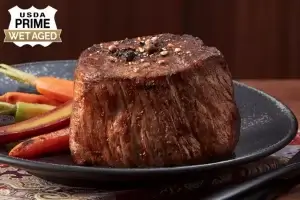When it comes to knowing the difference in cuts of steak, not everyone is an expert. That’s okay because Steak University is here to help! It can be confusing choosing the best part of steak to eat, so we’re going to tackle two of the most well-known cuts of steak. Today, it’s sirloin vs ribeye. We have all the information you need to choose what cut of steak you’re going to be enjoying for dinner tonight.
Ribeye vs Sirloin Steak What’s the Difference?
When you think of steak cuts, your mind likely goes right to either a rib eye or sirloin. Their names often grace the pages of our favorite steak houses, and they’re always waiting for us in the meat department of the grocery store. They’re two of the most famous cuts of steak, and they often get pitted against each other in a great “sirloin steak vs ribeye” debate. In reality, they’re two very different cuts. So, let’s compare these beloved meats, shall we?
What Is a Ribeye?
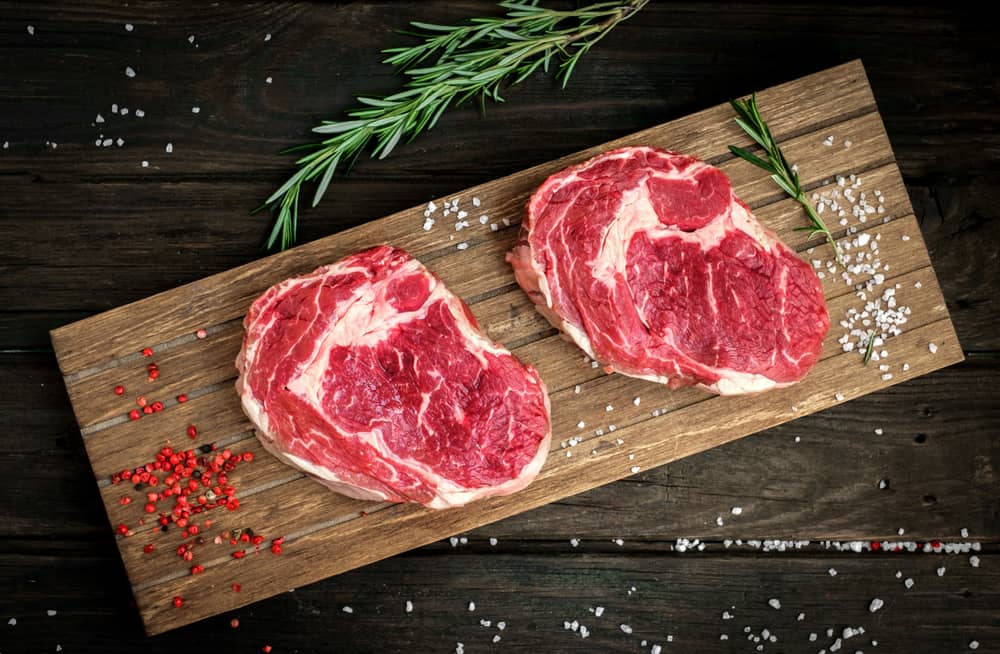
As you could probably tell by the name, rib eye steaks are cut right from the rib cage area of the animal. Technically, this cut is called the Spinalis Dorsi. When they’re cut, they have the rib bone attached and hold on to quite a bit of fat from the ribs. Although they’re fattier than other steaks, the fat also provides an insane amount of flavor that steak fanatics can’t get enough of. The taste tends to be richer than other cuts, including the sirloin. Rib eye is one of the best types of steak for pan-searing, which helps bring its strong, delicious flavors out.
You’ll also probably notice how incredible the marbling is on a rib eye steak. Marbling refers to those thin, white strips that run through each piece of beef ribeye. These are pieces of intramuscular fat. The fat content breaks down during the cooking process to tenderize the meat and give it the texture it’s known for. Virtually no piece of beef can come close to the marbling you’ll see on a ribeye cut.
That’s potentially while you’ll see ribeyes as some of the most popular cuts at steakhouses. They’re versatile for the grill and pan, and they have the flavor that steak enthusiasts typically look for. Plus, they can look both rustic and high-end, depending on what the rest of the plate includes and how it’s styled, so it can work for elegant and rugged dishes. It’s typical to find either bone-in or boneless ribeye steaks at your favorite restaurant, which also can add to the plate’s overall aesthetic.
What Is a Sirloin?
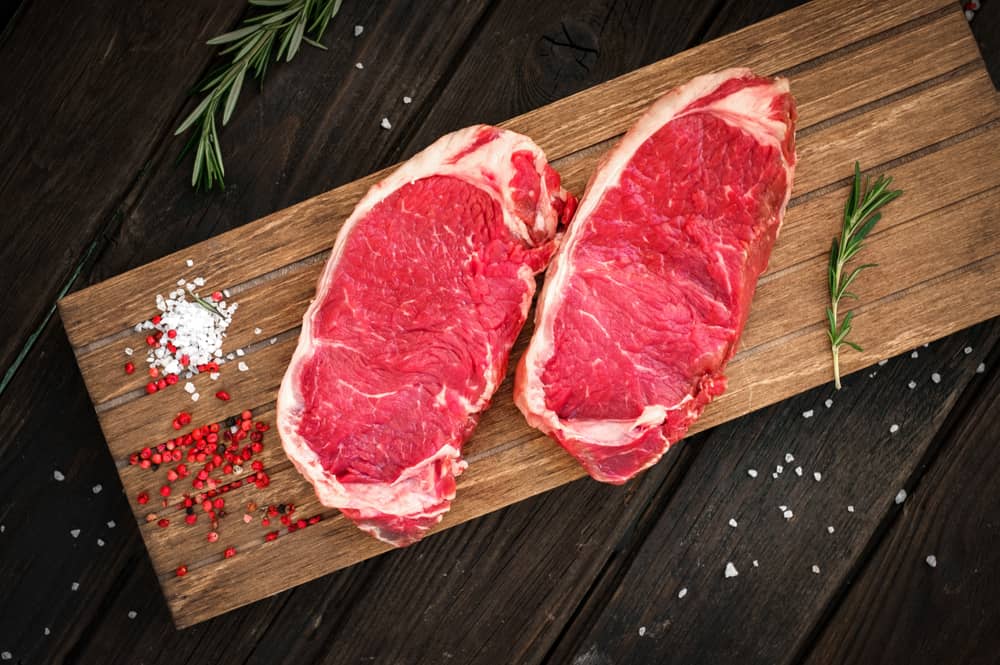
When you consider the difference between ribeye and sirloin steaks, it’s important to note that “sirloin” refers to a large cut of steak that gets cut into several other types of steak. Sirloin comes from the back of a beef animal, behind its ribs but ahead of the rump area. This same area is where T-Bone and top sirloin cuts originate. Sirloin cuts are often the leaner parts of a steak, with high protein and low fat content.
Although they taste delicious, cuts of sirloin aren’t quite as robust in flavor as a ribeye because of their lower fat content, and they won’t have the same tender texture, either. The sirloin might be a lean cut of steak without as much marbling compared to the rib eye, but it’s anything but dry. Top sirloin is one of the most beloved sirloin cuts, with bones and tougher muscle removed for a more tender and juicy steak.
However, bottom sirloin also has a place in the steak world. While you won’t see it as much for sliced steaks in a steakhouse, it is perfect as a roast requiring several hours of slow cooking, as it’s much tougher than top sirloin because of the muscley area it’s in. Tri-tip is an area of the bottom sirloin that people love to eat after slow cooking in its own juice. Add tri-tip atop some mashed potatoes drizzled with gravy, and you’ll have a hearty, satisfying meal.
When Should I Use Sirloin vs Ribeye?
The choice between sirloin and ribeye depends mostly on your personal preferences and the way you intend to cook your steak. Cost might be a consideration for some, too, and sirloin tends to be the more affordable cut, as we’ll explain more about in the next section.
As for personal preference, consider three things: flavor, texture, and fat content. If flavor and texture are your number one priorities, then ribeye is your best bet. This is especially true if you want a quick cook rather than waiting for your steak to tenderize during a slower cooking process, as ribeye remains tender whether it’s on the grill or in a pan, assuming you’re using the right cooking techniques.
However, sirloin has quite a bit less fat content than a ribeye steak because it doesn’t have as much fat marbling running through it. This keeps it from getting as tender during quick cooks, but if you don’t mind waiting longer for it to cook, its fibers can loosen up over time.
Ribeye works just fine on its own as a full piece of steak, while sirloin can be a good option for sliced steaks. Sirloin is typically a go-to for steak sandwiches or breakfast steak-and-egg dishes where thinly sliced steaks come in handy.
Is Sirloin or Rib Eye Healthier?
Most red meat is loaded with vitamins and minerals that are excellent for heart health and other body functions. Red meat is a significant source of protein, which is necessary for muscle health, and both of these steaks are loaded with protein in each serving. Steak is also a good source of Vitamin B12, Vitamin B6, iron, phosphorus, and zinc – vitamins and minerals your body needs every day to work its best.
Where the problem lies with steak is that most people tend to eat more than one serving, which is just 3 ounces. The more helpings you eat in one sitting, the more calories and fat you’re consuming (we know – it’s hard to stop!). Steak has quite a bit of saturated fat, especially in fattier pieces, like the ribeye. Because sirloin steaks have less fat content than a ribeye, it’s safe to say that the sirloin is the better option if you’re following a low-fat diet.
Cost Difference between Sirloin and Ribeye
Is sirloin better than rib eye for your wallet, or vice versa? This actually depends on the type of ribeye or sirloin cut you choose. It also depends on where you get it and the quality of meat you’re buying. For example, Costco meat prices are usually very affordable, but you may not have access to the same quality grades of beef you’d find at your local butcher.
When it comes to top sirloin vs ribeye, rib eye is typically a few dollars more per pound. These cuts are especially trendy right now, and prices reflect that. However, some bone-in ribeyes may be a little less expensive than boneless sirloin cuts. A full sirloin cut can save you a little money over a rib eye, but you’ll have to cut it yourself into your choice cuts.
In most cases, it’s safe to say that a rib eye will cost you more per pound than a sirloin steak. However, this always depends on several factors, like how available the cuts are in your area, how many inches thick they’re cut, how aged they are, the grade of beef, and how in-demand they are in your location.
AVERAGE SIRLOIN PRICE

AVERAGE RIBEYE PRICE
Ribeye Steak vs Sirloin: Preparing for Cooking
To make both the ribeye and sirloin steaks taste their best, you’ll need to know how to cook them properly. The last thing you want to do is spend money on these delicious cuts and mess them up in the cooking process. The tragedy!
Before cooking either of these cuts, let’s get down to the basics of steak cooking. With either one, you should remember to lay them flat in a bag on a cutting board at room temperature for about 30 minutes before you’re ready to cook. This brings them to the perfect temperature to ensure an even cook with an appetizingly pink middle and a browned crust. Season all sides with salt and pepper (or crushed peppercorn or your favorite steak seasoning, if you prefer) generously before cooking.
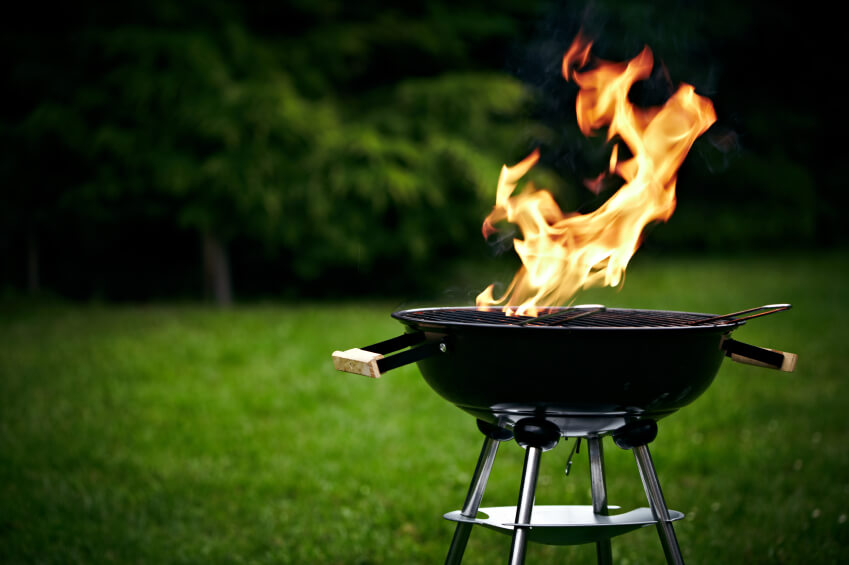
The Grill
Steak U highly recommends the sirloin for the grill. As our steak cuts comparison explained, the fat content in ribeye steaks can make cooking them on the grill pretty dangerous, especially if you haven’t had much experience with them.
For the best tender steak when cooking your sirloin on the grill, make sure your grill is heated thoroughly before adding the steak. This will help it cook more evenly to prevent drying out. Brush your steak with olive oil and desired seasonings. Alternatively, you can brush with barbecue sauce. Your steak will need about four or five minutes of cooking on each side. Flip to the other side only once you begin to see the juices beading around the top of the steak. Once your sirloin reaches your desired temperature, remove it from the grill and allow it to rest for five minutes before serving. Be sure to use a meat thermometer to double-check the temperature.
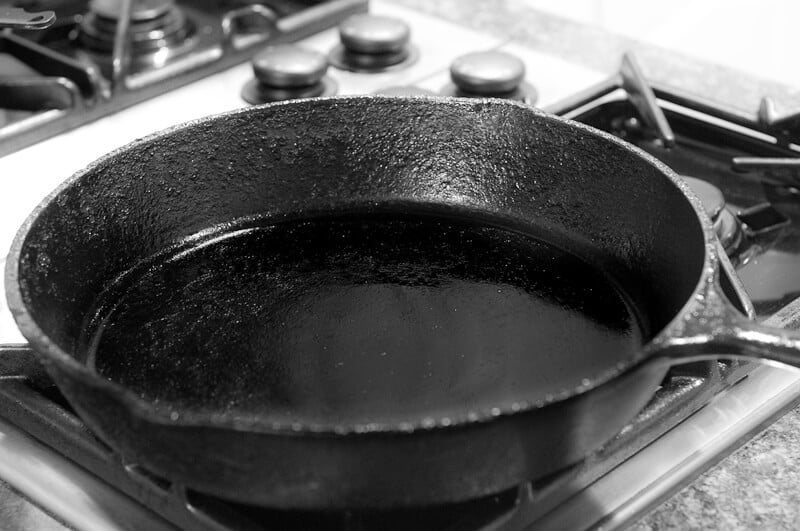
The Pan
If you want a steak with the best sear, a rib eye is your best choice between a rib eye steak or sirloin. This steak cut cooks in its fat content, creating a tender, juicy, and delicious steak. If possible, use a cast-iron skillet for the best sear.
Lightly oil the skillet and pre-heat it to the hottest setting. Prepare your ribeye by spreading on your choice of seasonings. Once the skillet is hot, place your steak on the skillet and allow it to thoroughly sear the first side, which takes about four to five minutes. Flip over the steak and add a little more oil or a small amount of butter to the skillet. Cook for another four to five minutes, or until that side is seared and your desired temperature is reached. Allow the steak to rest at least five minutes before serving for the best tender steak.
If you like your steak a little more cooked than medium rare, you can always finish it off in the oven for a couple of minutes on 350.
The Final Say from Steak University
So, which steak is better – ribeye or sirloin? That’s the question of the day, but it’s one we can’t really answer for you. When it comes to sirloin vs ribeye steak, it really depends on how much you want to spend and how you want to cook your steak. The different cuts of steak will both give you the meaty flavor you crave, with the ribeye adding just a bit more robust steak flavor from its fats.
Is ribeye the best steak for grilling, though? It’s excellent on the grill if you’re a seasoned griller. But for beginners, not so much, mostly because of the fat content that can be dangerous on a grill. If you want a beautifully grilled steak without a lot of fuss, go with sirloin. If pan-seared is what you’re after, we suggest ribeye. Browse our USDA Prime Ribeyes and Top Sirloins to try the top 2% of beef grown in the United States. As always, check out Steak University for steak cooking tips, trends, recipes, and more.
Ribeye vs Sirloin FAQs
Ribeye or Sirloin Steak: What You Really Need to Know
When it comes to knowing the difference in cuts of steak, not everyone is an expert. That’s okay because Steak University is here to help! Today we’re going to tackle two of the most well-known cuts of steak: the ribeye and the sirloin. Let’s compare these beloved meats, shall we?
The Ridiculously Appetizing Ribeye
As you can probably tell by the name, ribeye steaks are cut right from the rib area of the animal. When cut, the rib bone is attached to the meat and holds on to quite a bit of fat from the ribs. The fat provides an insane amount of flavor that steak fanatics can’t get enough of. Thus, producing a richer flavor than the sirloin.
The Succulent Sirloin
Sirloin comes from the back of a beef animal, behind its ribs but ahead of the rump area. Sirloin cuts are often the leaner parts of a steak and contain high protein. Although they taste delicious, cuts of sirloin aren’t quite as robust in flavor as a ribeye because of their lower fat content.
Cost Differences
When it comes to ribeyes vs sirloins, it’s safe to say that a ribeye will cost you more per pound than a sirloin steak. These cuts are especially trendy right now, and prices reflect that. However, a full sirloin cut can save you some dollars over a ribeye, but you’ll have to cut it down yourself.
Which Type of Steak is the Best for Cooking?
Ribeyes have a higher fat content than sirloin steaks, so they don’t fare as well on the grill. For a good old smoky flavor or some barbecue grilling, the sirloin is your best choice because it’s usually a thinner cut that can cook faster without drying out. On the other hand, ribeyes are known for their amazing pan-searing abilities, especially in a cast-iron skillet, and it’s a great method for home cooks to try. Ribeyes cook a bit slower than sirloin steaks, which lets you obtain a good sear without overcooking.
Preparing To Cook on the Grill
Make sure your grill is heated thoroughly before adding the steak. This will help it cook more evenly to prevent drying out. Brush your steak with olive oil and desired seasonings. Your steak will need about four or five minutes of cooking on each side. Flip to the other side only once you begin to see the juices beading around the top of the steak. Once your sirloin reaches your desired temperature, remove it from the grill and allow it to rest for five minutes before serving.
Preparing To Cook in the Pan
Lightly oil your skillet and pre-heat it to the hottest setting. Season your ribeye. Once the skillet is hot, place your steak on the skillet and allow it to completely sear the first side, which takes about four to five minutes. Flip over the steak and add a little more oil or a small amount of butter to the skillet. Cook for another four to five minutes, or until the steak is seared to your desired temperature. Let it rest for at least five minutes before serving.
The Final Say from Steak University
So, which steak is better – ribeye or sirloin? The decision really depends on how much you want to spend and how you want to cook your steak. Both cuts will give you the meaty flavor you crave, with the ribeye adding just a bit more robust flavor from its fats. If you want a beautifully cooked steak on the grill, choose the sirloin. Browse our USDA Prime Ribeyes and Top Sirloins to try the top 2% of beef grown in the United States. As always, check out Steak University for steak cooking tips, trends, recipes, and more.


